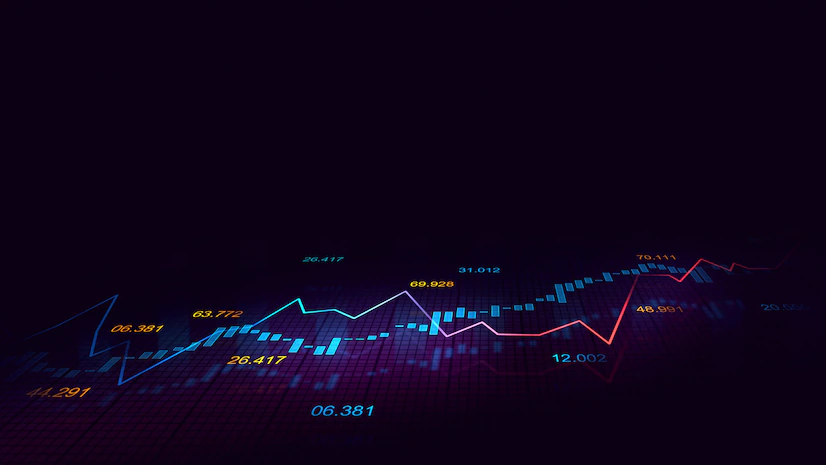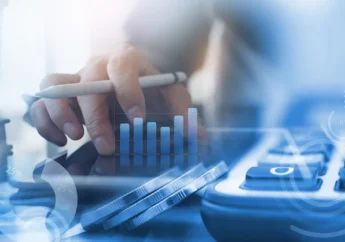The Top 4 Indicators To Use When Trading Forex
by Arnab Dey Finance 05 April 2022

The foreign exchange, known as forex, is one of the most actively traded financial markets in the world and sees an average of $5 trillion worth of currencies traded each day.
As an experienced forex trader, or if you’re wondering how to start forex trading, you’ll need to understand that there are a wide range of strategies and techniques you can use, to inform your trading decisions and position on the market. These can fall into two main categories of analysis: fundamental and technical.
It’s best to use a combination of both types of analysis within your trading plan, in order to conclude the best investment opportunities with the most potential.
But in this article, we’ll focus on technical analysis — which involves the use of chart indicators and patterns to analyze the past performance of the market and determine the likely price movement of a currency pair.
As such, with this methodology, there is a number of technical indicators you can use when trading forex —
Here are just some of the top ones that can help you become a successful trader:
1. Simple Moving Average
The Simple Moving Average (SMA) is one of the most commonly used technical indicators when trading forex. When analyzing the performance of the forex market over a certain period of time, the SMA is determined by dividing the daily closing price of a currency pair, by the total number of days in that trading period — resulting in an average.
These calculations are then used to plot a line on a chart and can be used to predict price movements, and determine if it will continue along the same trajectory, or if there’s potential for change in an already established trend (alongside other technical indicators to improve accuracy).
The SMA line, as it’s known, can be used over any duration of time.
2. Exponential Moving Average
The Exponential Moving Average (EMA) is another calculation representing the average prices of currency pairs. But unlike the SMA, EMAs focus more on recent closing prices and depend on the selected period.
As EMAs place more weight on recent data, this indicator can be seen as more reactive to the latest market movement, and timelier when it comes to price trends.
Because of this, they can also be more efficient, and more preferable to SMAs among many traders. They are also particularly useful in currency trading.
Commonly used short-term EMAs include a 12-day or 26-day period, whereas a timeframe of 50 days or 200 days can be used to indicate long-term trends.
3. Relative Strength Index
The Relative Strength Index (RSI) is believed to have been first established by American mechanical engineer, J. Welles Wilder Jr. A core indicator used in trading forex, it can be used to determine if a currency pair is overbought or oversold.
The index is based on a range of percentages from zero to 100, and the current price is normalized as a percentage. Therefore, an asset under 30% can be an indication it’s oversold and a good time to buy, whereas over 70% can be seen as overbought, and potentially a good time to sell.
This indicator gives a more general evaluation of trends in the market. It can be used alongside an SMA line, to provide a more accurate analysis of a possible trend of an instrument in the forex market.
4. Bollinger Bands
Bollinger Bands are indicators used to measure the volatility of the forex market, with their width determining the level of volatility.
Like the RSI, these indicators are used alongside the SMA line. However, these are solely based on the standard deviation of the closing prices from the moving average, and therefore cannot be used without the SMA line.
The upper threshold is above the SMA line, whereas the lower threshold is below. When the bands widen, this can be an indication of an extremely volatile market. However, it can be a sign the market is more stable when the Bollinger Bands contract.
This is just an example of the many indicators you can use to form your trading plan and inform your actions in the market.
As you become more experienced with trading forex, you can use a combination of different indicators, techniques, and strategies to improve your chances of profit, and trading success.
Read Also:






































































































